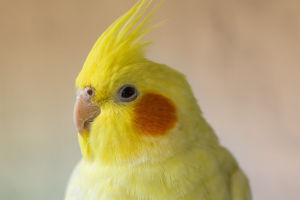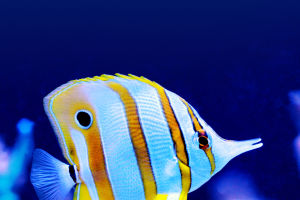Herons are large water birds often mistaken for cranes due to their size.
They are found in wetlands along with other herons, such as egrets and pond herons, and they feed differently from egrets, using a static approach.
When prey relaxes and swims close to the heron, it quickly stretches its neck, catches the prey with its long beak, and then returns to stillness after swallowing it. Similar to the egret, the heron's head grows long and thin plumes during the breeding season, and the four blue plumes are beautiful and fairy-like.
The male heron has a white center of the head and neck, and black on the sides of the head and occiput. The crown is formed by four long and thin feathers, divided into two on the top of the head and on both sides of the occipital area, resembling a braid.
The upper body from the back to the upper tail covering feathers is pale gray, tail feathers are dark gray, two shoulders have long pointed and drooping pale gray feathers, and feather ends scattered are white or nearly white.
The primary flight feathers, primary coverts, and outer secondary flight feathers are dark gray, inner secondary flight feathers are gray, large coverts outer are light gray, inner gray; middle coverts, small coverts are light gray, tertiary flight feathers are dark gray, also with long pointed and pendulous feathers.
The chin and throat are white, and the base of the neck has long grayish-white feathers in the shape of lancelets scattered on the chest. The thorax and abdomen are white; there is a large purple-black spot on each side of the prothorax, extending backward along the sides of the thorax and abdomen and converging at the perianal area.
The two sides of the coasts are slightly decorated with pale gray. The axillary feathers and underwing coverts are gray, and the leg feathers are white. The iris is yellow, the first exposed part of the eye is yellow-green, the mouth is yellow, the tarsus and toes are yellow-brown or dark brown, and the claws are black.
Herons are distributed in Africa, Madagascar, and Eurasia, from the British Isles eastward to the Far East coast and Sakhalin Island and Japan, and southward to Korea, Mongolia, India, China, and some countries in the South Central Peninsula.
They inhabit the shores of rivers, streams, lakes, reservoirs, coasts, and other waters, their shallow waters, and are also found in shallow waters and marshes at the water's edge in swamps, rice paddies, mountains, forests, plains, and deserts.
During migration and in winter, they gather in large flocks and sometimes mix with egrets. They often wade alone in shallow water or stand still for long periods at the water's edge, with their necks often tucked between their shoulders, and often stand on one foot with the other tucked under their bellies for hours.
When flying, the two wings bulge slowly, the neck is shrunken into a 'Z' shape, and the two feet are straightened backward and dragged far behind the tail. At night, they rest in large groups on tall trees.
Herons are listed on the IUCN Red List of Threatened Species 2012 ver 3.1 - Low Risk (LC).


